Jack has been interested in computers and tech since 10 years old when he decided to dismantle his PC to see how it worked. Ever since Jack has had a passion for IT and gaming beyond any other. He loves the data and testing process and allowing himself to take an analytical and technical approach to PC hardware. He's even gone as far as getting educated in cyber security.
WePC is reader-supported. When you buy through links on our site, we may earn an affiliate commission. Learn more
Last Updated:
Whether you’re building yourself a brand new gaming PC, buying a new laptop, or a prebuilt computer, the processor you choose is one of the biggest points for consideration. If you are looking at using an Intel processor, then we know it can be easy to get confused between the Intel Core i5 and i7’s, as they look similar on paper, with rather subtle differences. So i5 vs i7, which is best for you? Well, it comes down to budget and, of course, the use case you have for the PC itself.
Knowing the essentials should clear up Intel’s confusing naming conventions, and hopefully assist you in making the right choice when you buy a new CPU. Let’s get stuck in, what are the key differences between these two highly popular CPU families?
12th Gen LITTLE. big cores explained
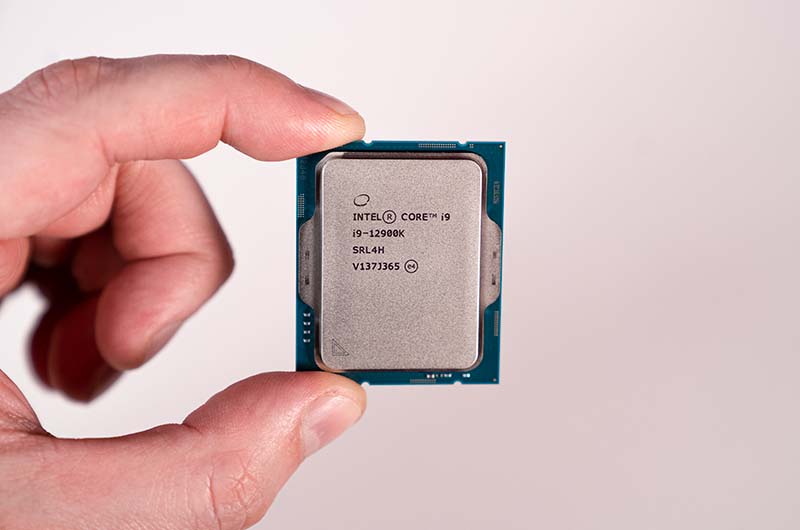
Before we head into the differences between i5 and i7 series Intel CPUs we need to ensure we have laid out the new way in which 12th generation Intel CPUs work, as they are now vastly different from the other CPUs Intel has created in the past.
Intel has now decided to split it’s CPU cores into two categories, “E-cores” and “P-cores”. Splitting cores using ARM’s LITTLE.big technology was Intel’s 12th generation’s biggest talking point when it was announced, and the way LITTLE.big technology works is fascinating.
How the split P-cores (performance) and E-cores (efficiency) work exactly is the performance cores are both hyperthreaded and clocked at high clock speeds. These are the cores that do all the heavy lifting hence the name ‘performance cores’.
Then there are the E-cores, which are not hyperthreaded and are clocked at lower speeds to be both power efficient and performance efficient. This is achieved because E-cores aren’t forced to share resources as they aren’t hyperthreaded.
In the case of Windows, the operating system delegates tasks to either E-cores or P-cores based on a pre-scan of an instruction set by a task scheduler. It saves power by not running P-cores on tasks that aren’t that heavy and don’t require a lot of power.
So internally, 12th generation Intel CPUs are much different than the older generations. Their cores were all identical and didn’t have specific jobs to fulfil within the processing subsystem, this new direction Intel has taken offers more efficiency and power when it’s needed most. a serious point of consideration for a new 12th gen CPU.
A list of our best 12th gen CPUs can be found here.
Intel Core i5 vs i7: What’s the difference?
Until AMD’s recent triumphs in the market, the i5 and i7 processor lines were two of the most popular for gaming and general computer usage. These processors offer a wide range of abilities at various levels of affordability and are, generally speaking, household names in the processor world.
Here’s an example of both the i5 and i7 series of Intels 12th generation of CPUs. So you gain an understanding of how they differ, when a CPU belongs to a higher series it is usually better than the best of the previous series. The ‘best’ means more cores, threads and higher turbo frequencies.
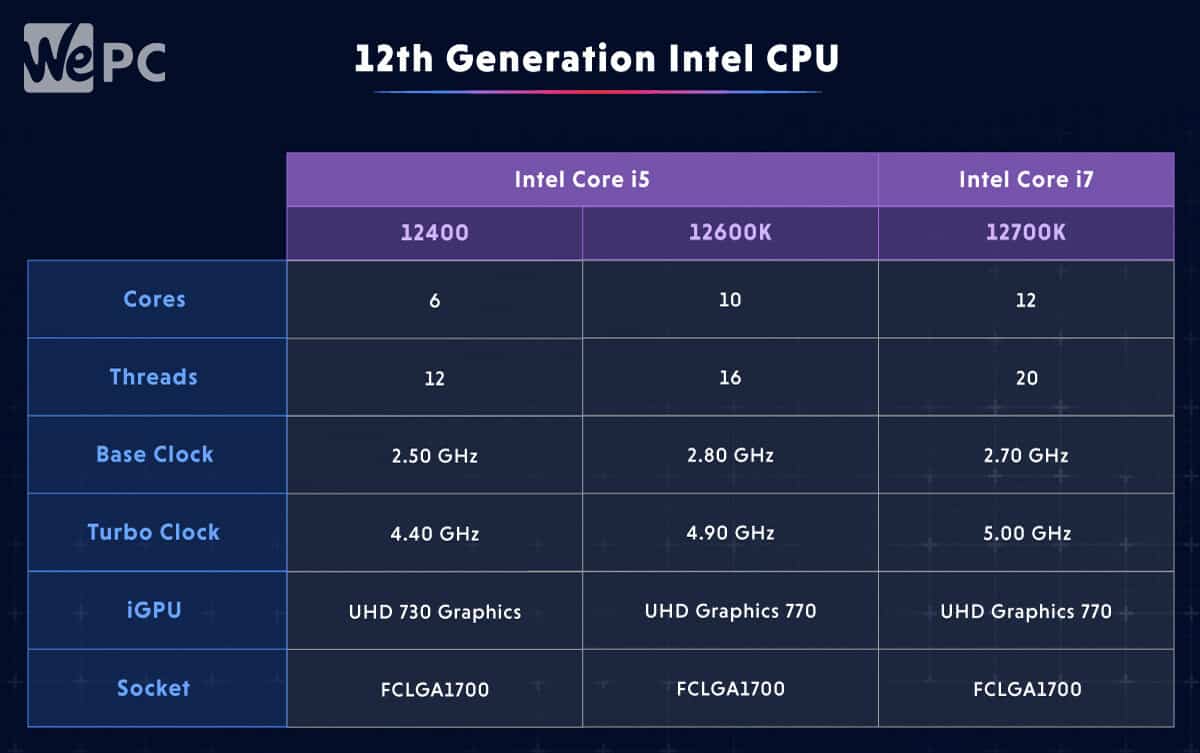
Core concept
A CPU core is a CPU’s processor, relating back to the days when every CPU was made up of a single core. Regular desktop CPUs now have anything between two to sixteen cores, and each individual core is able to tackle a different task simultaneously.
All of Intel’s Core i5 and i7 processors from the 12th generation feature at least four cores. For general computer usage, four cores are probably considered to be the sweet spot as you won’t be doing too much multitasking. Six core CPUs are also a very valid option, the latest i5 processors tend to feature six CPU cores. unless we’re speaking about Intel’s mobile i5s that tend to feature four cores.
Six core CPUs are geared more toward performance, and whilst these CPUs are more of a middle ground between gaming and productivity, they really hold their own when it comes to gaming.
What is CPU cache?
Alongside faster clock speeds and extra cores, i7 CPUs generally have large caches too. A CPU’s cache is an extension of system RAM, constructed close to CPU cores to facilitate fast access speeds. The cache acts as a buffer to feed CPU cores instructions from RAM- the faster the cache the faster it can feed CPU cores instructions. Modern-day CPUs are constructed with three cache levels in mind.
The cache is split into three levels and they follow alphanumerical order.
- L1
- L2
- L3
Level one cache is the cache located close to the CPU cores and has the greatest access speeds but also the smallest capacity. This is the level reserved for only the most vital data
Level two cache is a middle ground between level one and level three cache, with median capacity and median speed, reserved for your less vital data,
Level three cache is where most of your regularly accessed data is stored, such as programs and file paths. This has a very large capacity in comparison to the other two levels of cache but is also much slower.
The latest i5 CPUs feature 18MB of L3 cache and the latest i7s feature up to 20MB. While cache speed is important, capacity is just as important as a larger cache means more stored instructions.
Hyper-Threading
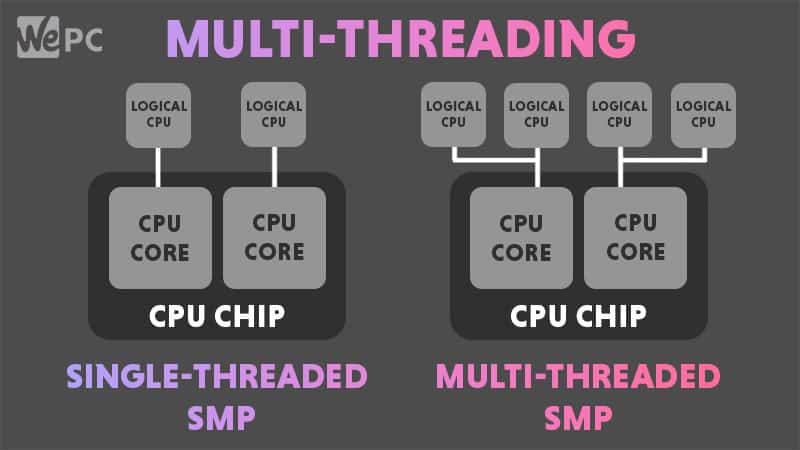
Both of the CPU series’ contain CPUs that are multithreaded Intel calls this Hyperthreading. This is a technology that allows one CPU core to process and execute two instructions simultaneously. This means that the operating system is able to see and utilize your CPU as if it had double the number of physical cores. The collection of cores and threads are labelled logical processors by operating systems.
These threads are known as V-cores and are virtual, so named because they do not physically exist or occupy space on the CPU die. These virtual cores have to share resources with the physical cores and threads suffer slower processing speeds as a result.
Again Hyperthreading relies on software integration and compatibility but it’s better to have and not need than to need and not have. Most modern software has multithreading integration and support. hyperthreading just basically means that the number of logical processors is double the CPU core count if each CPU core is configured to use multithreading.
Turbo Boost
Turbo Boost is essentially an overclocking feature from Intel that will automatically run the processor core faster than its base clock speed. Regardless of what CPU you have, whether it’s Intel or AMD, they will each come with a base and boost clock speed. It is important to note your boost clock speed and ensure you have adequate cooling to support overclocking.
This is because boosted speeds are considered overclocking, even if it’s handled automatically by your PC. All the same overclocking rules apply, how high a clock speed your CPU can achieve is all down to the design of the chip and how long it can sustain the boosted speeds – we sometimes call this ability the silicon lottery.
A quick word on Integrated Graphics
There is a reason we see Intel CPUs at the helm of the majority of laptops, its for the integrated graphics. As your standard laptop is not designed for gaming, there is little need or physical space for a dedicated graphics card. These machines rely on what is known as integrated graphics or Intels HD/ UHD Graphics. With the latest being Intel’s UHD 770 integrated graphics.
As the graphics are integrated with the CPU, this generally saves power and is a smart graphical solution for laptops. Integrated graphics naming conventions work generally in the same numerical way the Intel processors work, the higher the number, the better. Despite this, it is worth noting that if you truly want to enjoy gaming at 1080p and above, then you need to go for a dedicated graphics card.
This does offer its downsides however, Cramming a GPU die into a CPU packet along with a CPU die is going to create some space limitations, which means the CPU die is often scaled back from its full potential, to accommodate for the spacial and power requirements of the GPU die. Because of this, the CPU portion of CPUs with integrated graphics is also limited in its performance. this is the reason we don’t recommend picking up a CPU with integrated graphics if you’re going to opt for a dedicated GPU later.
So which CPU is best for you?
This should be taken with a pinch of salt, but generally speaking, the Core i5 CPU is geared towards the budget-minded masses who care about performance. The flip side is that the i7 would generally be for enthusiasts or gamers with expensive rigs.
So why consider an i5? well, they are generally cheaper and one of the most mainstream processors on the market. For generic computer users who browse the web or use the odd light application, the i5 is pretty much perfect for your needs.
If you are someone who works with demanding applications such as the Adobe editing suite or someone who is looking to do some high-end gaming, then the Core i7 could be the better way to go. Regardless of what processor line you choose, you can expect an array of options to cover various needs and budgets but the bottom line is that more cores and threads are always going to be advantageous as the industry gears toward larger-scale multithreaded CPU usage. You wouldn’t be making a mistake picking up a more powerful CPU, as this offers some future-proofing in addition to more power.

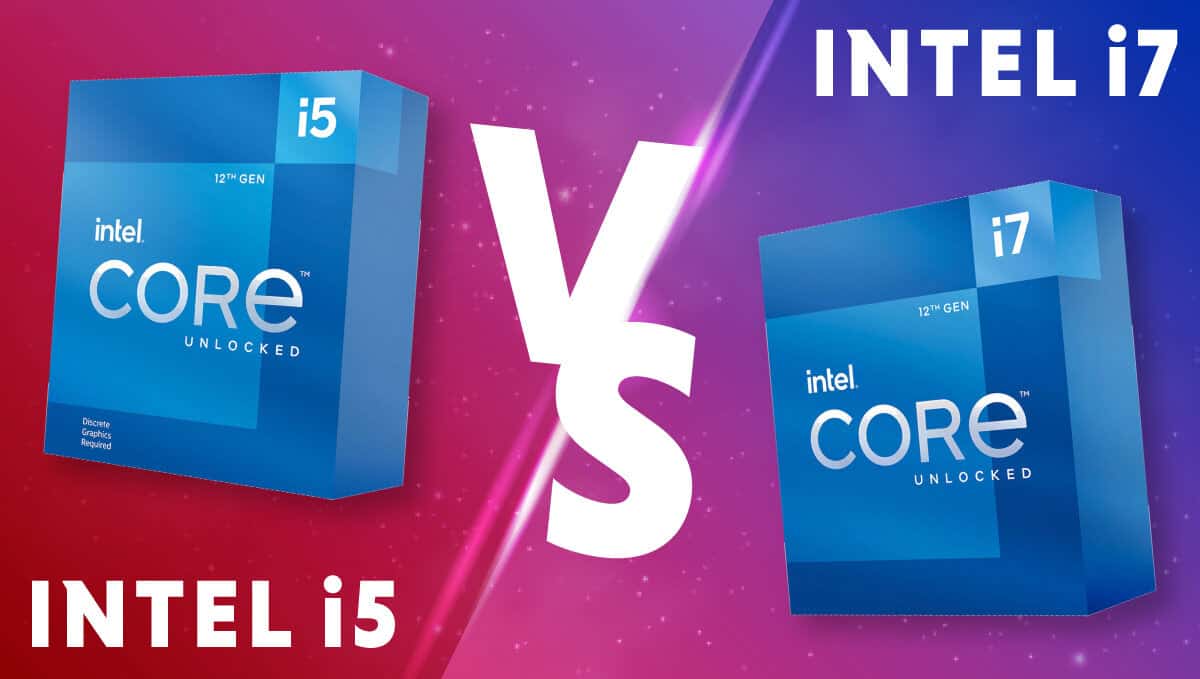
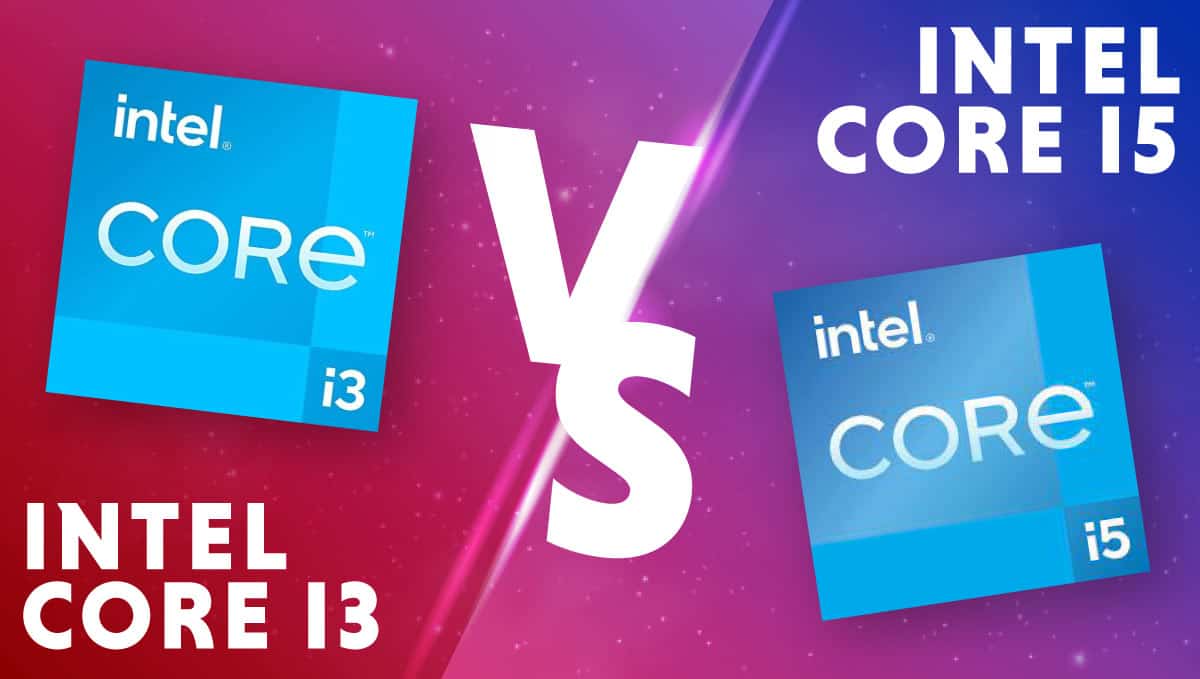
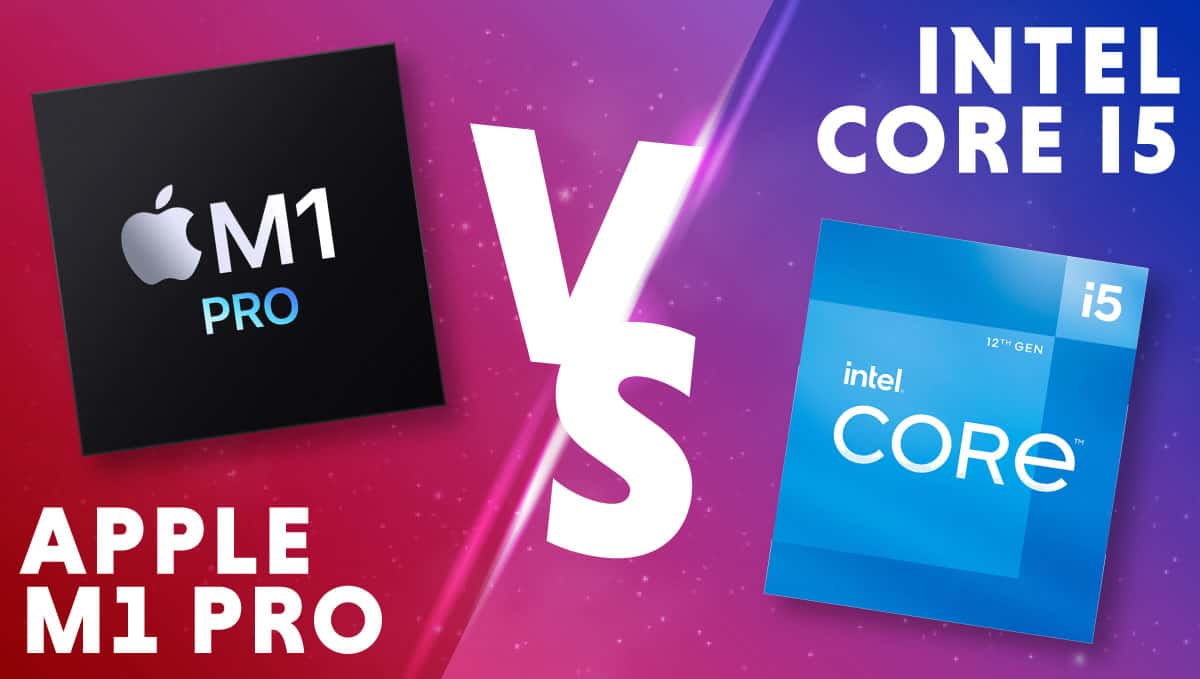
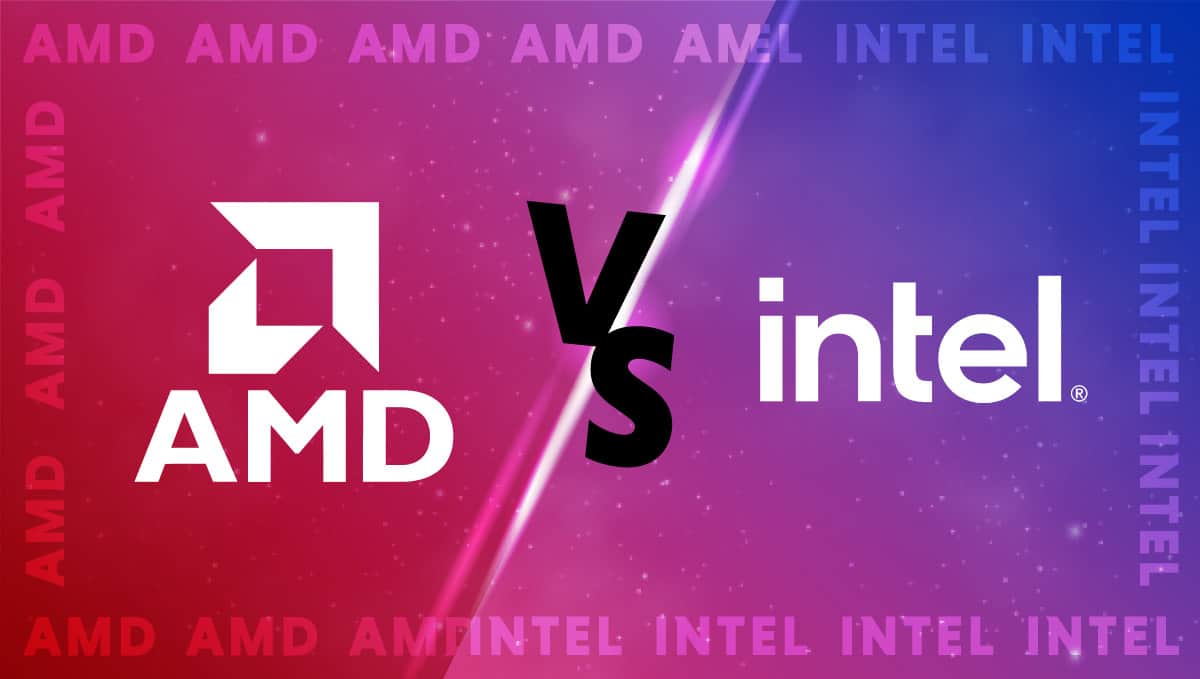
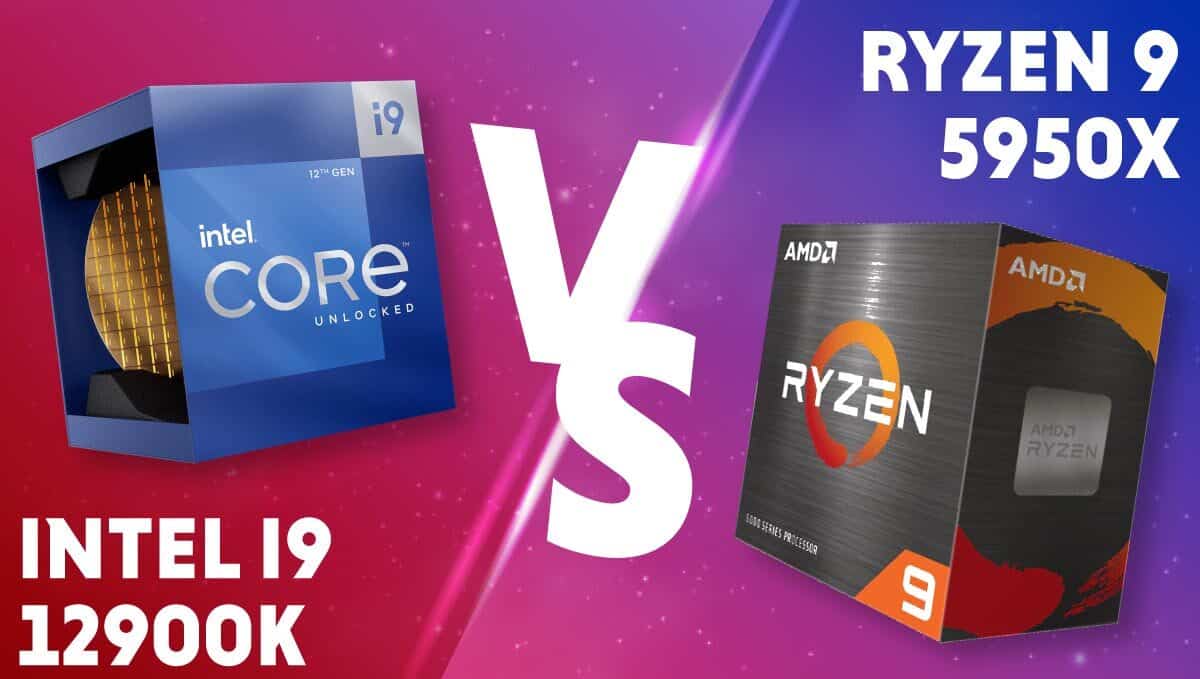
So am about to buy an i7 which is 7th generation and 8gb ram to run adobe applications so do u think it will work or u can give me a suggestion of specs to consider that are not far from these bcz am on a tight budget.
i am looking for a laptop for adobe illustrator, please suggest me